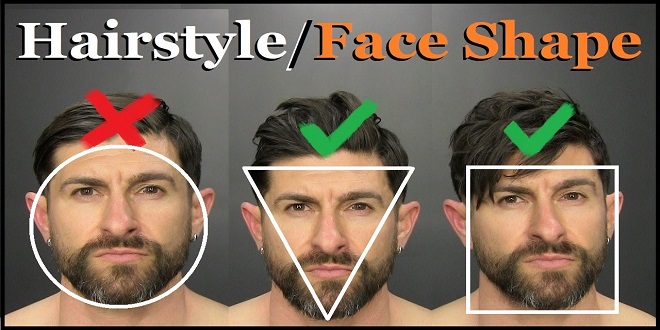Men’s Hairstyles – What is the Difference between a Taper or a Fade?

We have 3,500+ articles in our archives. To help new readers find timeless gems, we will republish classic pieces every Sunday. This article was first published in October 2020.
It’s crucial to understand the meaning of terms when you communicate with your barber about the type of haircut that you would like.
Taper and Fade are two common terms in barbering that can be misunderstood by laymen.
These hairstyle descriptors can be easy to misunderstand. All fades are tapers but not all tapers.
For those who ask for a fade when they meant a taper, this is what you need to know.
What is a Taper Haircut?
Taper haircuts gradually change the length of your hair. Typically, taper haircuts start longer at the top and get shorter as you move down to the natural hairline at the nape and sides of your head. There are many length options for a taper. A taper can be very long (hair falls longer), or short (hair falls closer to the skin).
Most haircuts for men will require some type of taper, unless you are growing your flow or getting a buzz cut.
What is a Fade Haircut?
A fade is a taper that slowly reduces the hair to the skin. It looks like your hairline “fades” before reaching the natural hairline.
A fade is basically a very short taper. All fades are tapers but not all tapers can be considered fades.
Fades are more trendy and can give your head and face a little extra edge — both in terms of its literal lines and the overall vibe or vibe it gives off.
Fades can be low, medium, or high. Low fades fade closer to the ear while mid fades fade just above the ear. High fades fade way up on the head. The choice of fade will depend on your personal preference and what look you want.
Fades have one drawback: they require frequent maintenance to keep the faded-to-skin looking fresh.
You Don’t Need a Taper Fade.
Many people ask their barber for a “taper-fade.”
You now know the difference between a taper and a fade, so you don’t have to be confused about how to put the terms together.




